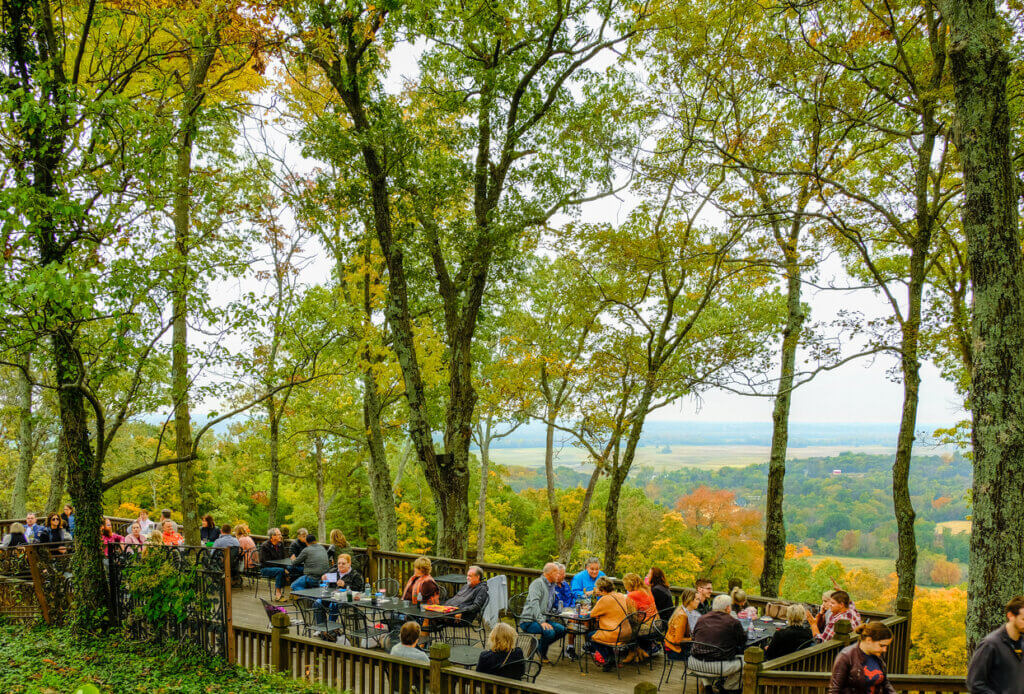How Missouri Saved the European Wine Industry
- September 20, 2024

From the picturesque Hermann Wine Trail to the Missouri River Valley’s scenic beauty, Missouri is home to some of the finest wineries in the Midwest. This rich tradition dates back to the 1800s, when German and Italian settlers began growing grapes and cultivating vineyards, laying the foundation for Missouri’s vibrant wine industry.
Those early vineyards not only shaped the state’s wine heritage but also played a pivotal role in saving the global wine industry during a time of crisis. When an agricultural tragedy known as the Great French Wine Blight struck European vineyards, a Missouri scientist and Missouri’s state entomologist named Charles Valentine Riley found a clever solution involving Missouri’s vineyards.
In 1871, Riley discovered Missouri vineyards were resistant to the tiny, aphid-like insect that had ravaged vineyards across France and other wine-producing regions. And so millions of Missouri rootstocks were shipped to Europe, allowing European winegrowers to save their vines by grafting their plants onto these hardy, Phylloxera-resistant resistant roots.
Missouri’s contribution not only saved the French wine industry but also preserved a centuries-old tradition and a global agricultural sector that remains vital to this day.
This may be the oldest example of Missouri’s innovative collaborative spirit at work.